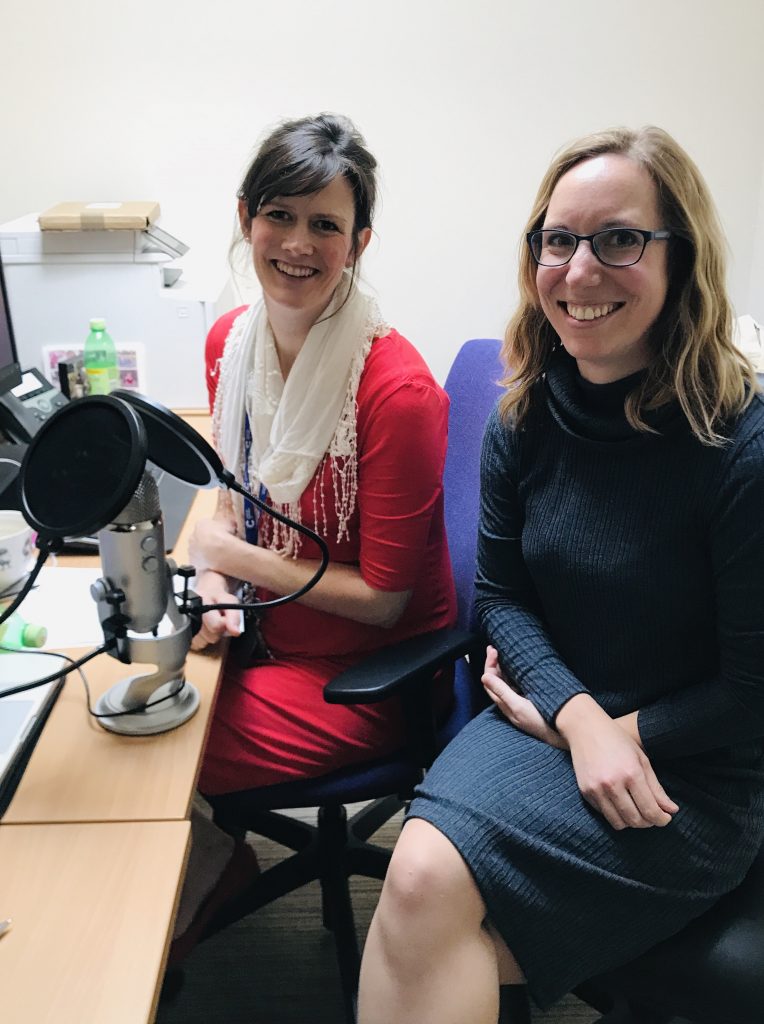O D negative blood is in demand, and use will always run higher than the proportion of donors, but why is it so crucial to maintain the supply and how can we make sure we are using it wisely? Helen talks to Dr Suzy Morton about the issues.

Helen and Suzy
O D neg donors comprise around 7% of the donor population but use in hospitals is around 12-13%. Hospitals are tasked with keeping their use below 12.5%.
Use can be reduced by reducing wastage (which may arise from failure of the cold chain e.g. opening major haemorrhage boxes and not returning the blood to a fridge within 30 minutes, or from time expired blood e.g. blood that is not transfused before the 35 day shelf life is up), switching to group specific blood as soon as possible in the setting of haemorrhage in patients with unknown blood groups, and transfusing O positive blood to adults of unknown blood group who are not of child bearing potential.
O D neg “flyers” should be O D neg and K neg but do not need to be rr, irradiated or CMV negative. O D neg for use outside of major haemorrhage setting should be O D neg and K positive where possible. K positive blood can safely be used for patients who are not of childbearing potential, who are not regularly transfused and who do not have anti-K, irrespective of K status.
Sometimes O D neg red cells are substituted when patients have complex requirements e.g. patients with multiple antibodies. Classically this occurs in sickle cell patients; African Caribbean people commonly have the R0 (cDe) phenotype (44%) but no R0 blood is relatively rare in donors who are 96% Caucasian, of whom only 4% have the R0 phenotype. Thus r (cde) blood may be substituted.
Useful links
National Blood Transfusion Committee: appropriate use of O D negative red cells 2019



